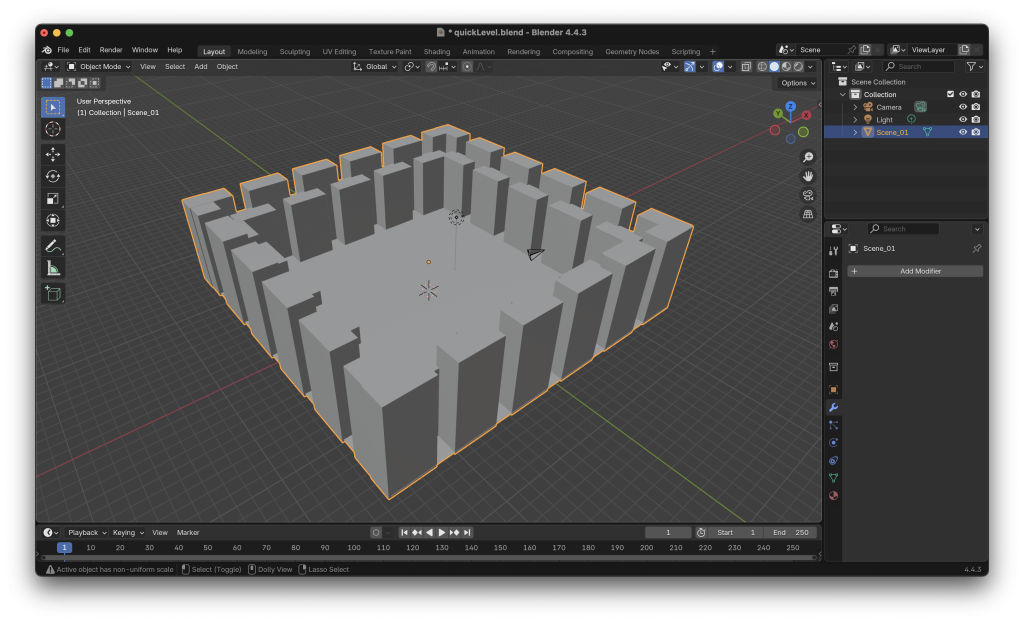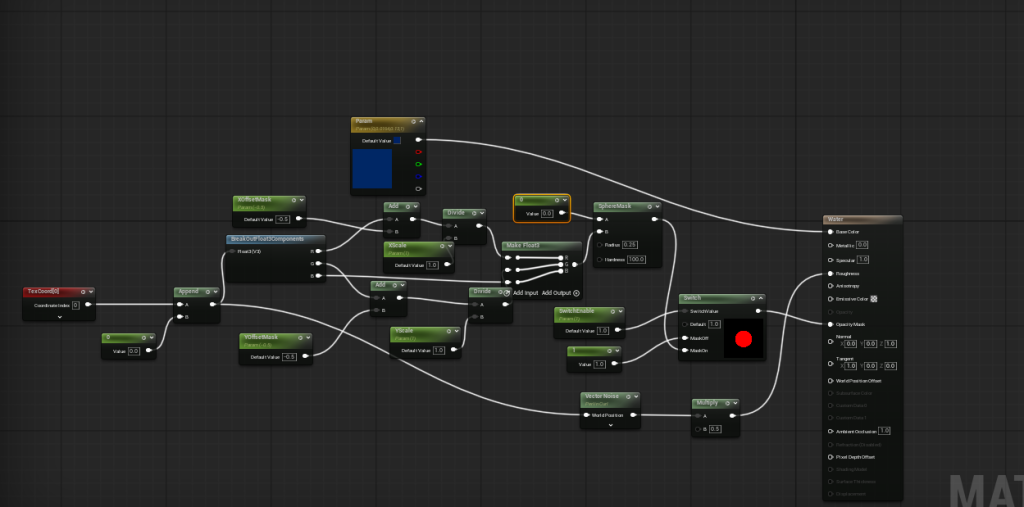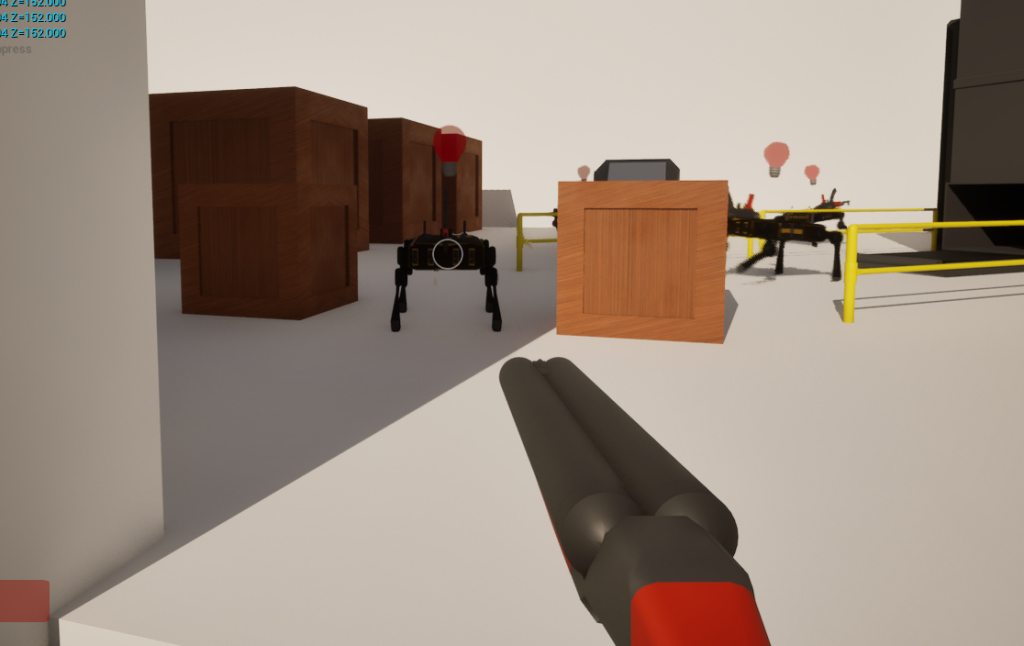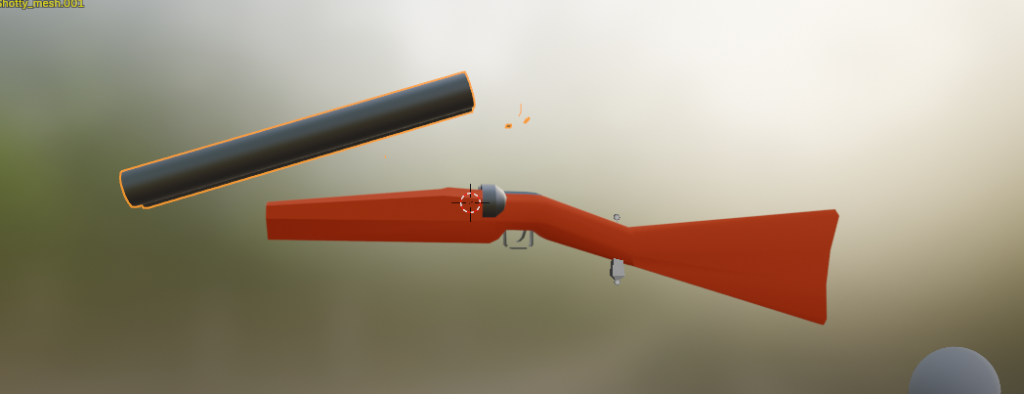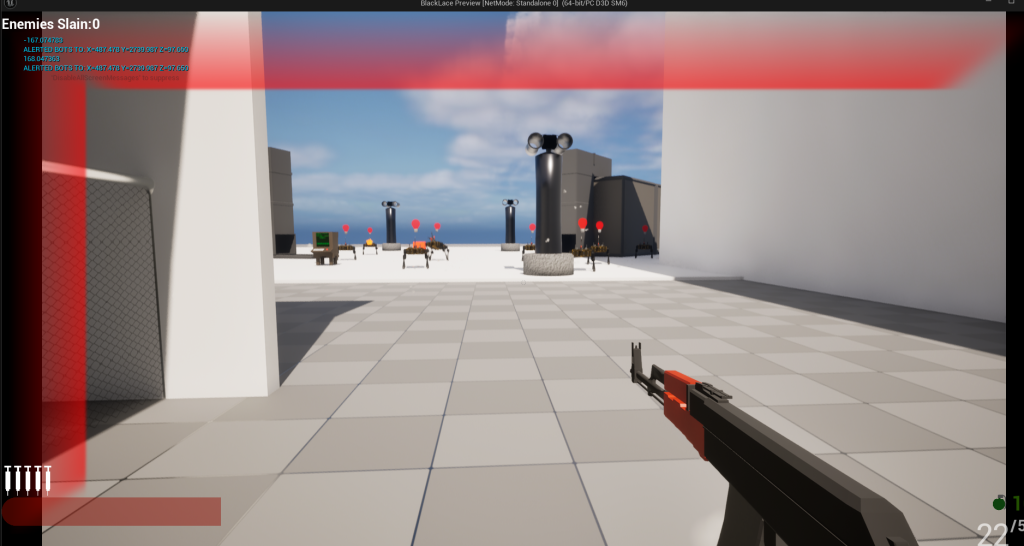Started messing around with Bevy (https://bevy.org) which scratches some of the lower level itch I’m looking for but has enough utility things that I can spin up things kinda quick.In this case just made a first person flying camera and loaded in a scene I made in blender, rendered it red and added a light. […]
Getting better at telling AI what to do
I’ve been messing around with Claude code to see how fast I can spin up silly small projects. I also wanted to do a bit more in rust (https://rust-lang.org). The first one is a breakout clone using the egui library (they call libraries “crates” in rust to avoid sounding like python, and because the package […]
Brick by brick
Made a brick wall thats waaayyy to detailed to put in game: I did this after frustration from trying to make a brick wall just from a texture: Which looks much much worse. This was also my first major step into using geometry nodes in blender (see: https://docs.blender.org/manual/en/latest/modeling/geometry_nodes/index.html) which essentially let you make parameterized geometry […]
Rain Wilson
I added in rain and some mood lighting. There were also a bunch of other smaller changes but this is where I’m at. It’s very dark and the rain kinda looks like pills falling so I’ll probably need to do another pass here. I’m happy with the water material I setup here: Essentially its just […]
How (Not) to use materials in unreal
The borderlands 4 issues with unreal (see: https://www.pcgamer.com/games/fps/borderlands-4s-latest-patch-triggers-a-flurry-of-performance-complaints-but-gearbox-says-new-stuttering-problems-should-resolve-over-time-as-the-shaders-continue-to-compile/ ) made me realize I was doing all of my materials wrong. Originally the way I pulled in 3d meshes generated a material of each slot in the mesh. So I thougth I was being clever by using material slots to determine colors (so I didn’t have […]
Touch-ups (also feat. boomstick)
Got the double barreled shotgun in game: I also added in some tracers to make shooting a bit better: On the back-end side I re-worked how damage functions, so now there’s falloff for shots: (Note the damage numbers in the corner). This should make things a bit better in terms of longer range engagements. I […]
“Time is the Enemy” (feat. boombstick)
Now that I’ve closed the gameplay loop I realized there’s really nothing pushing the player along. Right now if I just have “go destroy this thing” the gameplay would get stale very fast. To counter this I wanted to make some kinda timer that would force the player to go out and explore/accomplish their mission. […]
Bunch-o-Updates (also “Git outta here”)
Here is the first full(ish) gameplay demo for this game mode (gotta use youtube because of WordPress size limits) Big things that changed:I added a bit more to the test gameplay map: Including a quick fence model: Also I put lights ontop of all the bots to indicate what team they’re on. Blue=player team, red […]
Okay so maybe making a “hardcore” shooter isn’t a good idea
I added in a bunch of stuff but showing off is kind hard right now… Gotta add in damage multipliers based upon difficulty level.
Side Profile(r)
I closed the “Game Loop” by adding announcements to the hud and creating a “OnGameModeAnnouncement” event that huds can bind to: The look isn’t ideal but I’m working through it. In addition when I flipped things to “Standard” game mode (which has pretty much all of the bot types) my fps went from like 60 […]
